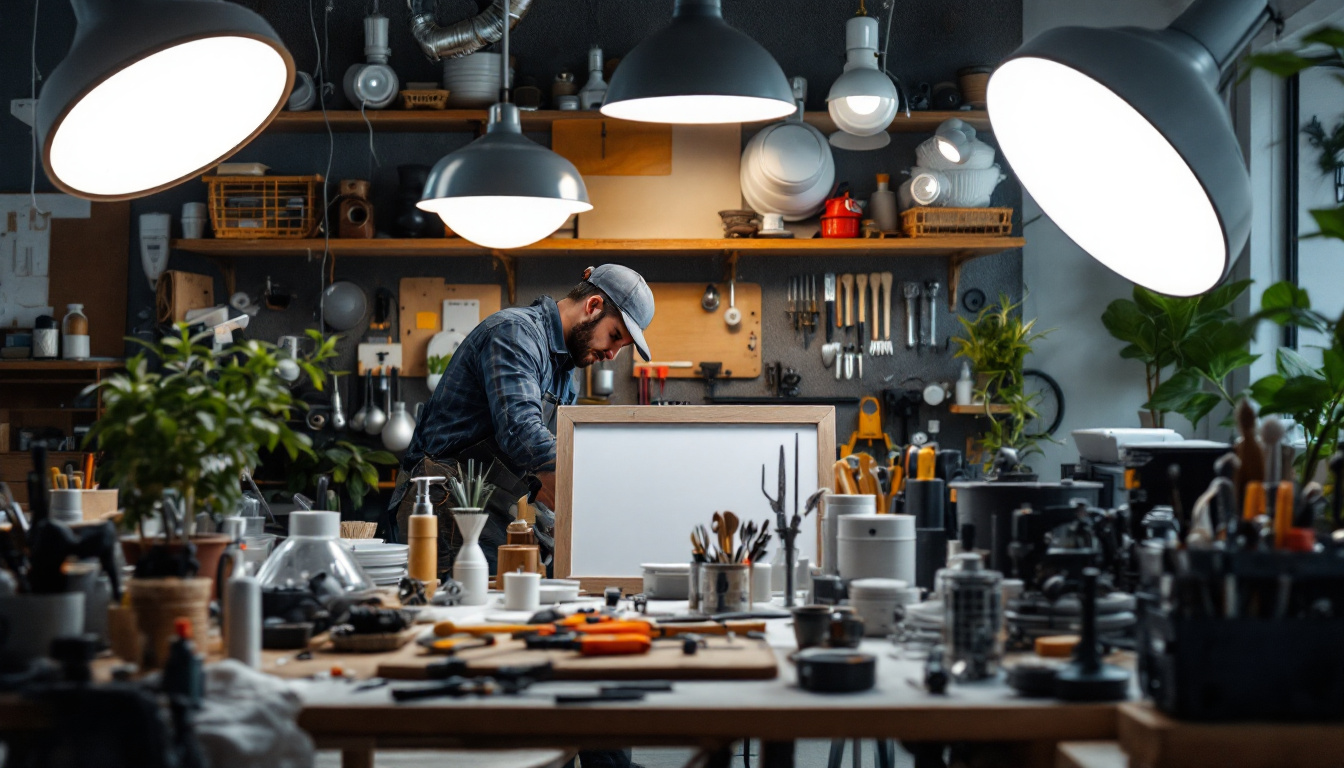
For lighting contractors, understanding the various components of lighting fixtures is crucial for both installation and maintenance. This knowledge not only enhances the quality of work but also ensures client satisfaction. Below are some essential tips and insights into lighting fixture parts that every contractor should keep in mind.
Lighting fixtures come in various shapes and sizes, each designed for specific purposes. Familiarity with these components is essential for effective installation and troubleshooting. The main parts of a lighting fixture typically include the housing, socket, bulb, and decorative elements.
The housing is the structural component of a lighting fixture that houses all other parts. It provides protection for the internal components and often contributes to the aesthetic appeal of the fixture. Different types of housing are designed for specific applications, such as recessed lighting, surface-mounted fixtures, or pendant lights.
When selecting housing, consider factors like material, size, and compatibility with various lighting technologies. Aluminum, steel, and plastic are common materials, each offering distinct benefits in terms of durability and weight. Additionally, ensure that the housing is suitable for the intended environment, such as wet or damp locations. For example, fixtures designed for outdoor use often have additional weatherproofing features to withstand rain and humidity, while those for indoor use may prioritize design elements that complement interior decor.
The socket is where the light bulb is installed and plays a vital role in the functionality of the fixture. Different types of sockets are available, including standard screw-in sockets (E26, E27), bayonet sockets, and specialized sockets for compact fluorescent or LED bulbs. Understanding the compatibility of sockets with various bulb types is essential for ensuring optimal performance.
When replacing or installing sockets, pay attention to the wattage and voltage ratings. Using a socket that can’t handle the required wattage can lead to overheating and potential hazards. Always refer to the manufacturer’s specifications for guidance. Moreover, advancements in lighting technology have introduced smart sockets that allow for remote control and automation, enhancing the user experience by integrating lighting with smart home systems. These innovations not only provide convenience but also promote energy efficiency, as users can schedule lighting to align with their daily routines, thus reducing unnecessary energy consumption.
The choice of bulb significantly impacts the quality of light produced and the energy efficiency of the fixture. With the rise of LED technology, contractors have more options than ever before. Understanding the differences between incandescent, fluorescent, and LED bulbs can help in making informed decisions.
Incandescent bulbs are traditional light sources that produce warm light and excellent color rendering. They are often used in residential settings for their aesthetic appeal. However, they are less energy-efficient and have a shorter lifespan compared to newer technologies.
When using incandescent bulbs, consider the wattage and brightness level required for the space. While they provide a cozy ambiance, their energy consumption can lead to higher utility bills, making them less favorable for large-scale or commercial applications. Additionally, the warm glow of incandescent bulbs can enhance the atmosphere in living rooms and dining areas, creating an inviting environment for gatherings. However, as energy costs rise and environmental concerns grow, many homeowners are beginning to explore alternative options that offer both warmth and efficiency.
Fluorescent bulbs are more energy-efficient than incandescent options and are commonly used in commercial and industrial settings. They emit a cooler light and have a longer lifespan, making them a practical choice for areas requiring consistent lighting.
Contractors should be aware of the different types of fluorescent bulbs, including linear tubes and compact fluorescent lamps (CFLs). Each type has its own installation requirements and compatibility considerations. Proper disposal of fluorescent bulbs is also essential, as they contain small amounts of mercury. Furthermore, the flickering effect sometimes associated with fluorescent lighting can be a concern for some users, particularly in environments where focus and comfort are paramount, such as offices and schools. To mitigate this, selecting high-quality fluorescent fixtures with electronic ballasts can enhance performance and reduce flicker.
LED bulbs have revolutionized the lighting industry with their energy efficiency and longevity. They consume significantly less power than incandescent and fluorescent bulbs while providing a wide range of color temperatures and brightness levels.
When selecting LED bulbs, consider factors such as lumens, color temperature, and compatibility with dimmers. LEDs can be used in various fixtures, but it’s essential to ensure that the fixture is rated for LED use to prevent overheating and potential failure. Moreover, the versatility of LED technology allows for innovative applications, such as smart lighting systems that can be controlled via smartphone apps or automated schedules. This not only enhances convenience but also promotes energy savings by allowing users to tailor their lighting needs according to their daily routines. The growing trend of integrating LEDs into architectural designs and landscape lighting further showcases their adaptability and aesthetic potential, making them a popular choice for both residential and commercial projects.
Beyond the visible parts of a lighting fixture, electrical components play a critical role in ensuring safe and effective operation. Understanding these components is essential for any lighting contractor. Proper knowledge not only enhances the functionality of lighting systems but also significantly reduces the risk of electrical hazards, making it imperative for contractors to stay informed about the latest technologies and safety standards in the industry.
Proper wiring is crucial for the safe operation of lighting fixtures. Contractors should be familiar with the different types of wiring, including non-metallic sheathed cable (NM), armored cable (AC), and conduit systems. Each type has its own installation methods and safety considerations. For instance, NM cable is often used in residential settings due to its flexibility and ease of installation, while AC cable provides additional protection in environments where exposure to moisture or physical damage is a concern.
When making connections, ensure that they are secure and insulated to prevent short circuits or electrical fires. Using wire nuts or electrical tape can help secure connections, but it’s essential to follow local electrical codes and regulations. Additionally, employing proper techniques such as stripping wires to the correct length and twisting them securely can further enhance the safety and reliability of electrical connections. Regular inspections of wiring and connections can also help identify potential issues before they escalate into serious problems.
Switches and dimmers are integral components of lighting systems, allowing users to control brightness and create desired atmospheres. Understanding the different types of switches, such as single-pole, three-way, and smart switches, is essential for effective installation. Single-pole switches are commonly used in straightforward applications, while three-way switches allow control from multiple locations, making them ideal for larger spaces. Smart switches, on the other hand, offer advanced features such as remote control and scheduling, providing users with greater flexibility and convenience.
When working with dimmers, ensure compatibility with the type of bulbs being used. Not all dimmers work with LED or fluorescent bulbs, which can lead to flickering or inadequate performance. Always check the manufacturer’s specifications before installation. Furthermore, consider the wattage rating of the dimmer to ensure it can handle the total load of the connected fixtures. This attention to detail not only enhances the user experience but also contributes to the longevity of the lighting system, reducing the likelihood of premature failures or safety issues.
Regular maintenance of lighting fixtures is essential for ensuring longevity and optimal performance. Contractors should educate clients on the importance of proper care and maintenance.
Dust and debris can accumulate on lighting fixtures, affecting their brightness and overall appearance. Regular cleaning is essential to maintain the aesthetic and functionality of the fixture. Use a soft cloth and a mild cleaning solution to wipe down surfaces, ensuring that the fixture is turned off and cooled before cleaning.
For fixtures with intricate designs or hard-to-reach areas, consider using a vacuum with a brush attachment to remove dust without damaging the fixture. Regular cleaning not only enhances the appearance but also helps prevent overheating by ensuring proper airflow.
Inspecting lighting fixtures for signs of damage is crucial for safety and performance. Look for frayed wires, cracked sockets, or any signs of wear and tear. If any damage is detected, it is essential to address it promptly to avoid potential hazards.
Encourage clients to report any flickering lights or unusual sounds, as these can be indicators of underlying issues. Regular inspections can help identify problems before they escalate, ensuring the longevity of the lighting system.
Different applications require different types of lighting fixtures. Understanding the specific needs of a space can guide contractors in selecting the right fixtures for their clients.
Residential lighting often focuses on aesthetics and ambiance, while commercial lighting prioritizes functionality and energy efficiency. When selecting fixtures for residential spaces, consider factors such as style, color temperature, and brightness levels that complement the home’s design.
In commercial settings, contractors should focus on fixtures that provide adequate illumination for tasks while minimizing energy consumption. LED fixtures are often preferred in commercial applications due to their efficiency and longevity.
Outdoor lighting poses additional challenges, such as exposure to the elements. Selecting fixtures that are rated for outdoor use is essential to ensure durability and safety. Look for weather-resistant materials and designs that can withstand varying temperatures and moisture levels.
When planning outdoor lighting, consider the specific needs of the space, such as security, ambiance, or functionality. Pathway lights, floodlights, and decorative fixtures all serve different purposes and can enhance the overall outdoor experience.
In the ever-evolving world of lighting, staying informed about fixture parts and their applications is essential for lighting contractors. By understanding the various components, selecting the right bulbs, and ensuring proper installation and maintenance, contractors can deliver high-quality lighting solutions that meet their clients’ needs.
Whether working on residential projects or commercial installations, these quick tips serve as a valuable resource for lighting contractors looking to enhance their expertise and improve their service quality. Embracing the nuances of lighting fixtures not only elevates the contractor’s skill set but also contributes to the overall satisfaction of clients.
Ready to elevate your lighting projects with the highest quality fixtures and bulbs? Look no further than LumenWholesale, where we offer spec-grade lighting products at unbeatable wholesale prices. Say goodbye to local distributor markups and hello to a vast selection of reliable, high-performance lighting that meets the most rigorous industry standards. With LumenWholesale, bulk buying is a breeze, and with free shipping, you can rest assured that you’re getting the best value without any hidden fees. Make your next project shine with the perfect blend of quality, affordability, and convenience. Discover the difference and enhance your expertise as a lighting contractor with Wholesale Lighting at the Best Value.
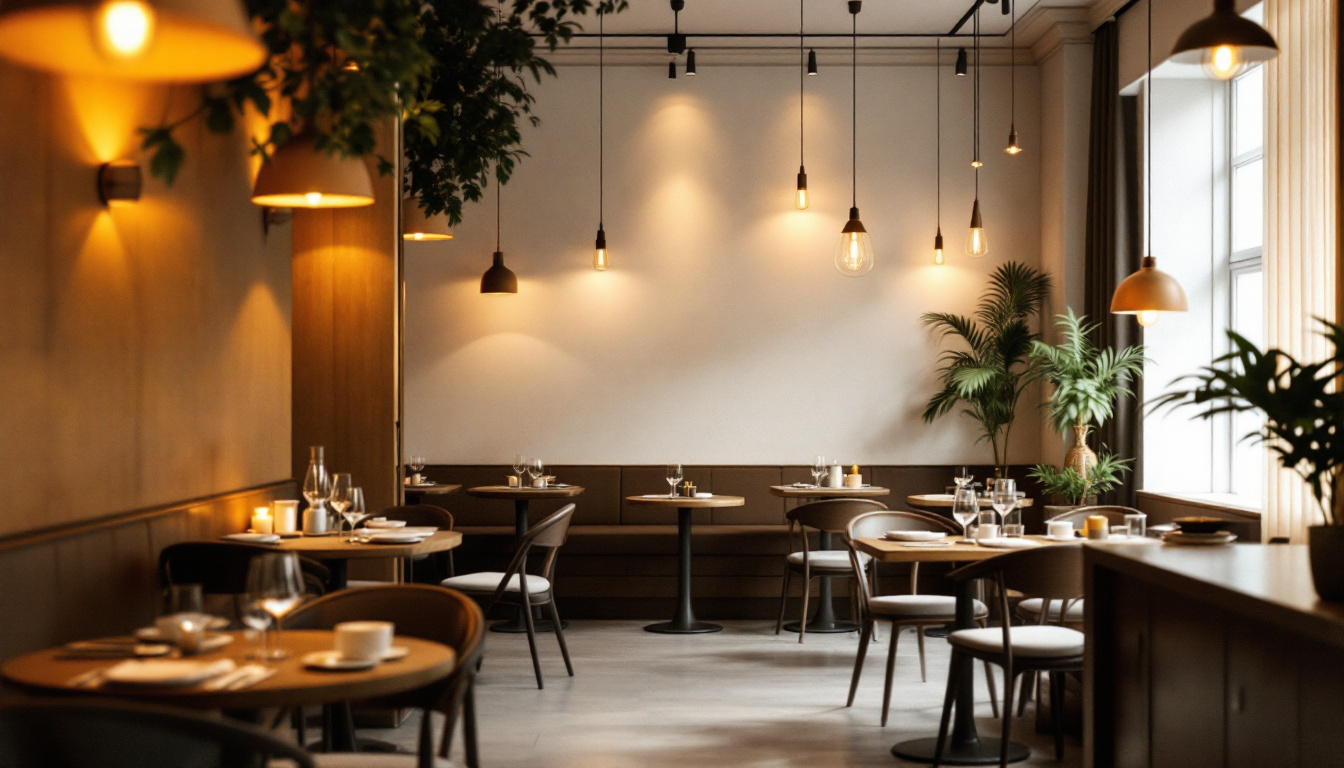
Discover how to enhance your restaurant’s ambiance and energy efficiency with expert tips on optimizing lighting.
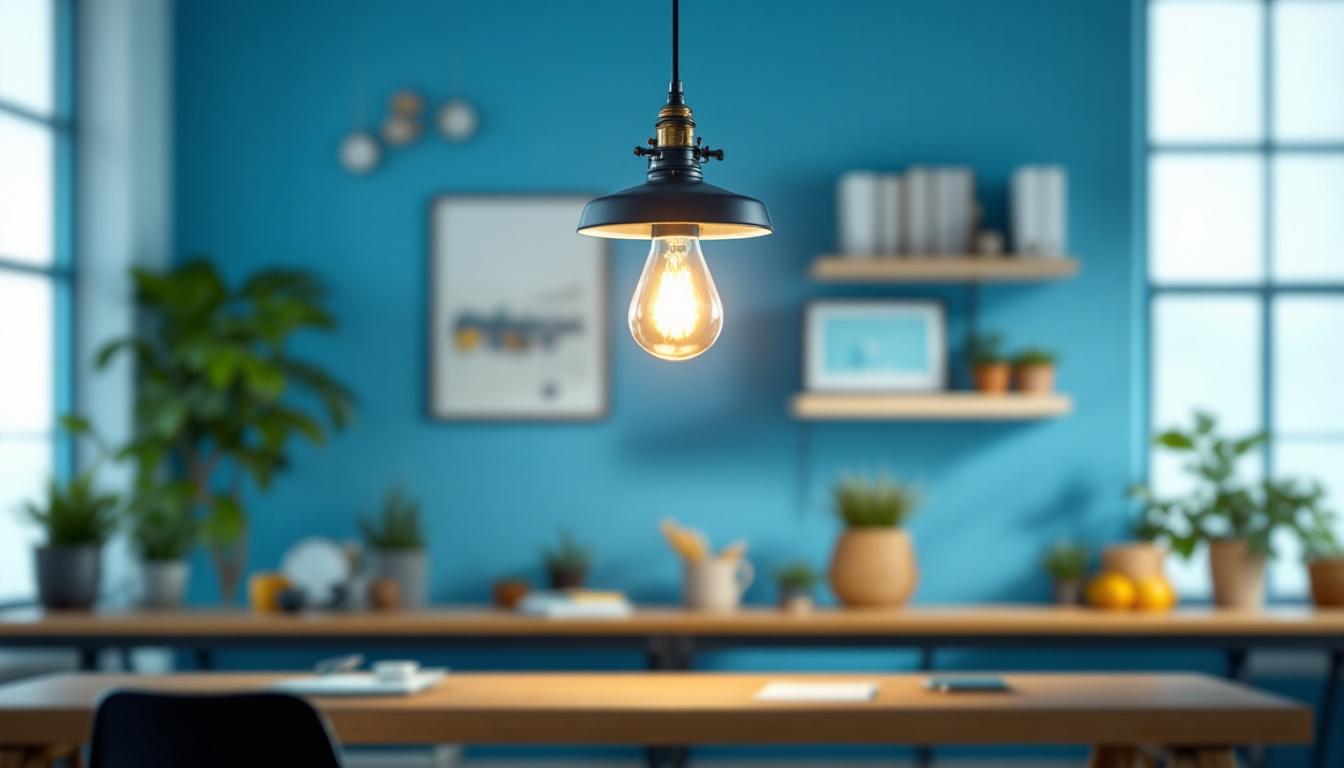
Discover how industrial style light fixtures can revolutionize your lighting projects by enhancing efficiency and aesthetics.
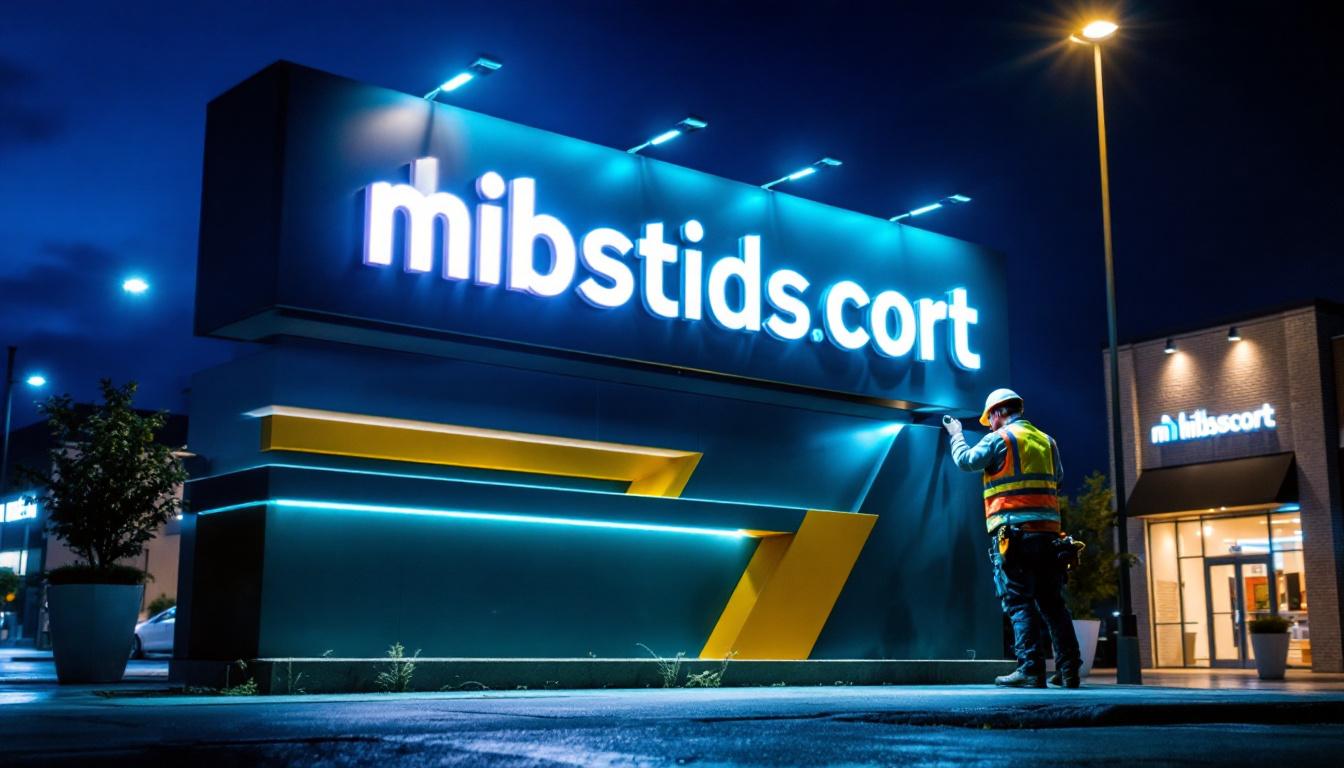
Discover the essential guidelines for lighting contractors on monument sign dimensions.
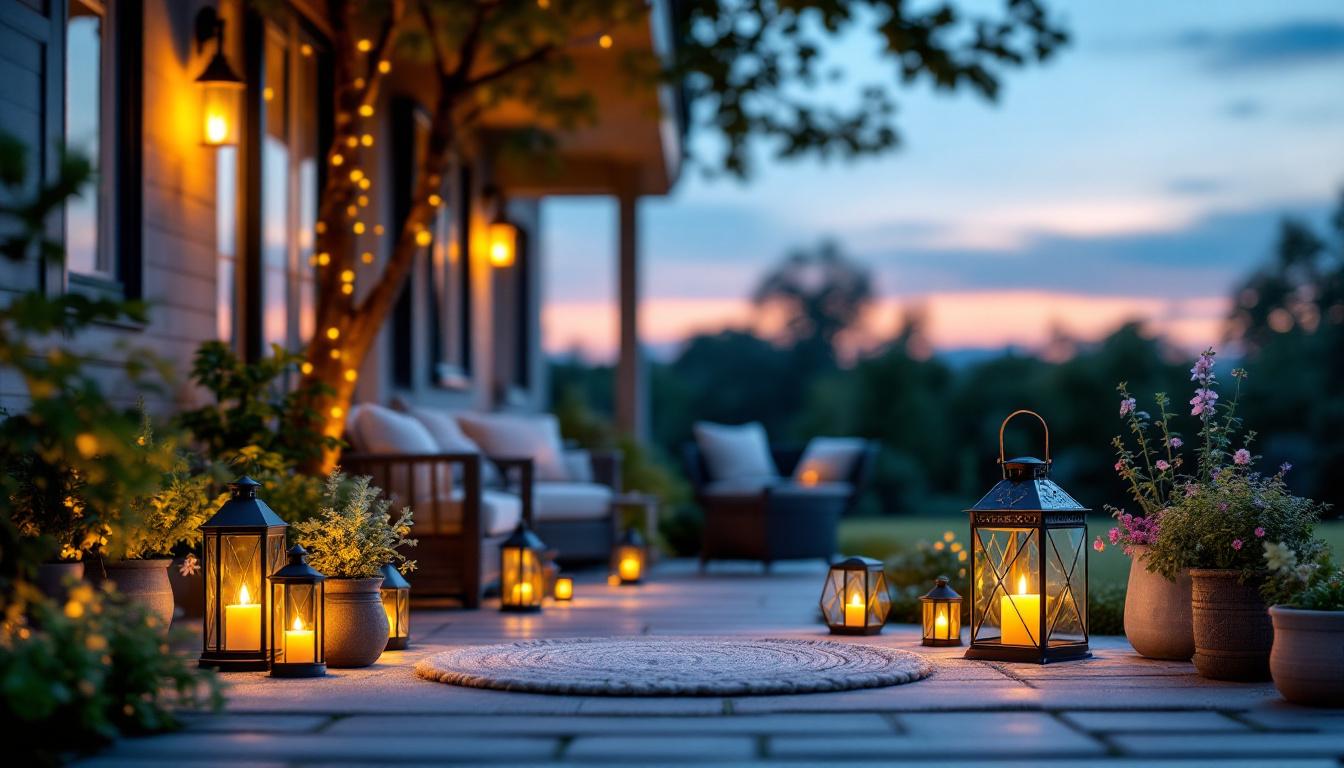
Discover the essential outdoor house lanterns for lighting contractors, boosting efficiency and safety.